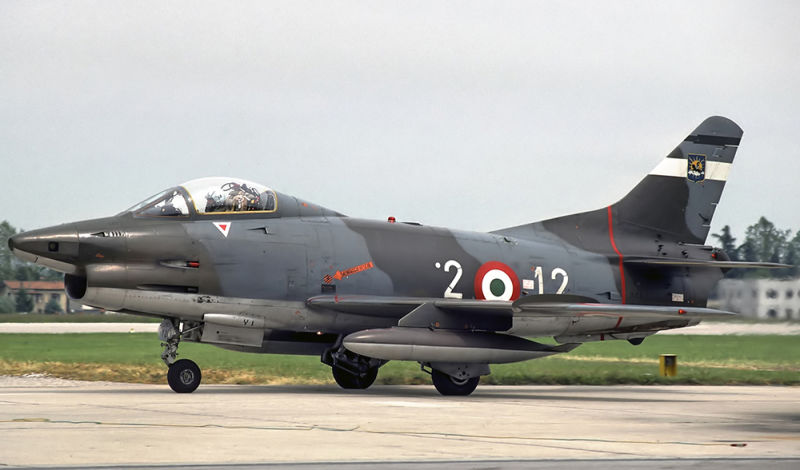Welcome to This Date in Aviation History, getting of you caught up on milestones, important historical events and people in aviation from August 7 through August 9.
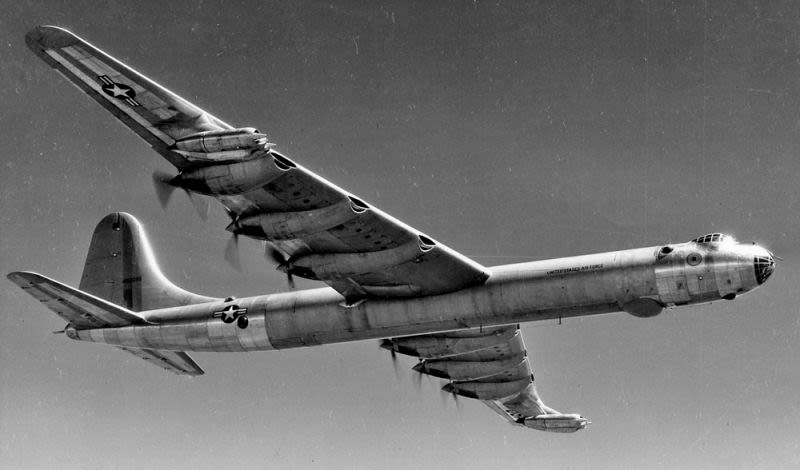
August 8, 1946 – The first flight of the Convair B-36 Peacemaker. As the world hurtled toward WWII, the concepts of strategic bombing were taking shape. The theories of WWI Italian general Guilio Douhet espoused that large scale bombing of factories and cities would cripple a county’s means of waging war and destroy the nation’s morale to keep fighting. These precepts were later championed by American general William “Billy” Mitchell, the man who is seen today as the father of the US Air Force. As war approached, the US began to develop its own heavy bombers, and would hone the practice of strategic bombing in the coming conflict. Bombers such as the Boeing B-17 Flying Fortress, Consolidated B-24 Liberator, and Boeing B-29 Superfortress became iconic of the US bombing campaigns, but the bomber that came to symbolize the post-WWII Cold War, the massive B-36 Peacemaker, was actually designed two months before the US entered the war.
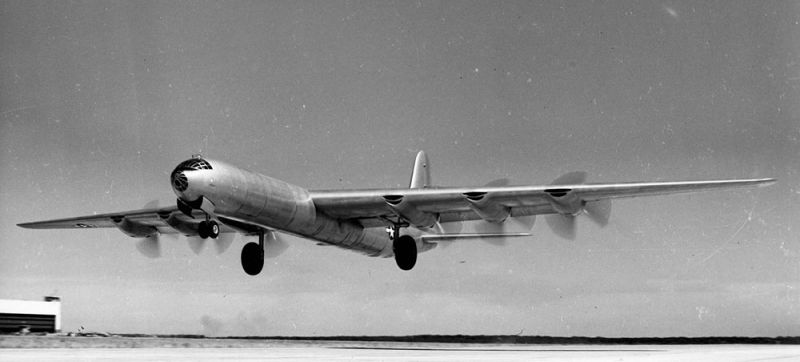
As the German Wehrmacht swept across Europe following the invasion of Poland in 1939, the situation looked increasingly grim for England. While the US had not yet entered the war, it was clear to American war planners that, should England fall to the Nazis, there would be no European base from which to launch bombing missions against Germany and occupied Europe. The only alternative would be to fly from bases in North America, and any bomber operating from the US or Canada would need an unrefueled range of nearly 6,000 miles. In light of that eventuality, the B-36 was actually designed in 1941, and Convair told the Army they would have two flying prototypes by 1943. But Convair was so busy building the B-24 Liberator and developing the B-32 Dominator, much more traditional bombers, that the B-36 was placed on the back burner and wasn’t pursued in earnest until the end of the war. But by that time, the mission had changed from an ultra-long range conventional bomber to an ultra-long range nuclear bomber. While a huge piston-powered bomber seemed somewhat of an anachronism at the dawn of the jet age, no other aircraft had the range necessary for such deep strikes, as early jet engines were notoriously thirsty and had a limited combat radius.
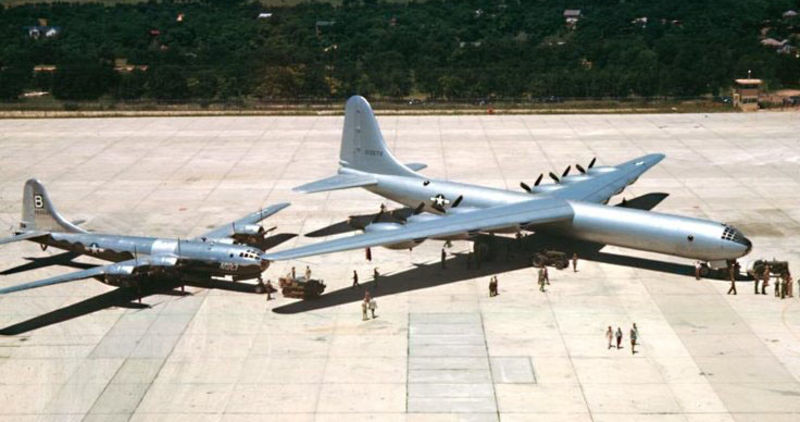
The B-36 was the largest mass-produced piston-powered aircraft ever built, dwarfing the B-29 and, at 230 ft, its wingspan was greater than any combat aircraft ever produced. Initially, the somewhat ironically named Peacemaker was powered by six massive Pratt & Whitney R-4360 Wasp Major 28-cylinder radial engines in a pusher configuration, the same engines that powered the Boeing B-50 Superfortress and host of other large American warplanes. Later, four General Electric J47 turbojets were added to augment take off power and increase speed during bombing runs. The Peacemaker’s four bomb bays could carry up to 86,000 pounds of bombs, more than ten times the load carried by the Boeing B-17 Flying Fortress. It was also the only bomber capable of delivering the 43,600-pound T-12 Cloudmaker “earthquake bomb.” The B-36's nuclear capabilities were equally formidable, with the Mark-17 hydrogen bomb, the biggest and heaviest nuclear bomb ever produced, in its arsenal. For defense, the B-36 had six retractable, remote-controlled turrets each armed with a pair of 20 mm cannons.
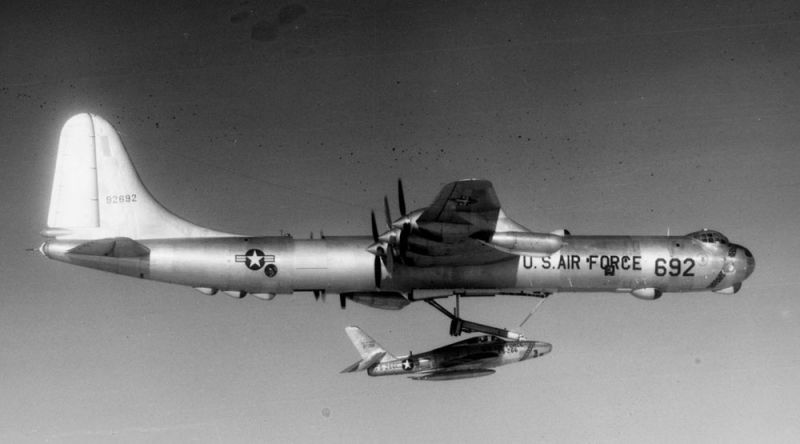
The Peacemaker entered service with the Strategic Air Command in 1948 and began its role as a nuclear deterrent, and the RB-36 reconnaissance variant was flown on spying missions around the periphery of the Soviet Union and its client states. Despite being a weapon of war, no B-36 ever dropped munitions on an enemy, nuclear or otherwise. The B-36 served as an important test bed, and was modified to carry a nuclear reactor to investigate nuclear powered flight. It was also modified into the enormous XC-99 strategic airlifter.
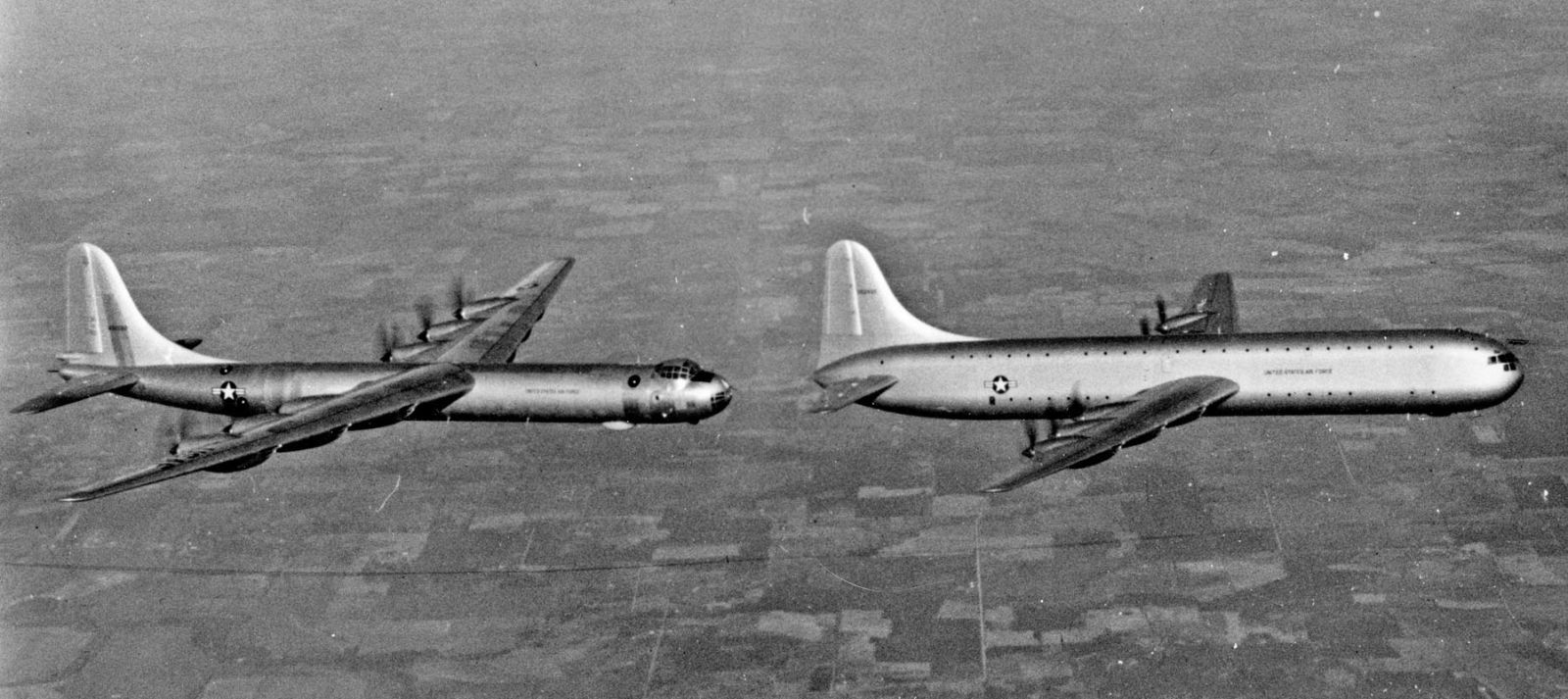
Due to its vulnerability to Russian jet fighters and its lack of inflight refueling capability, the Peacemaker’s service life was a relatively short 10 years. The mammoth bomber gave way to modern jet bombers such as the Boeing B-47 Stratojet and B-52 Stratofortress and, of the 384 Peacemakers built, only four remain on display.
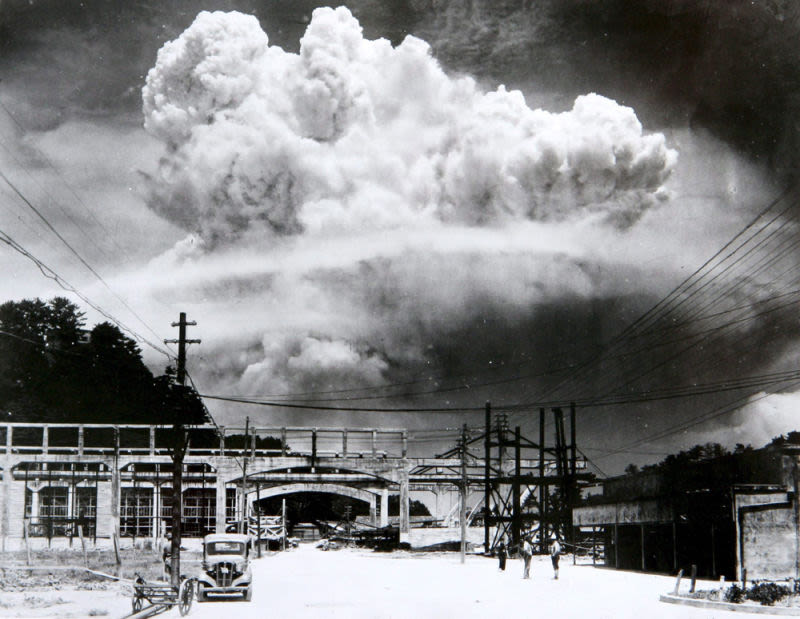
August 9, 1945 – The United states drops the Fat Man atomic bomb on the Japanese city of Nagasaki. As WWII in the Pacific dragged on through 1945, the Allies were increasingly concerned that an invasion of the Japanese homeland would be the only way to bring an end to the war. But the expected fanatical resistance of the Japanese people meant that such an invasion would lead to an unprecedented loss of life, and the Allies hoped that dropping a nuclear bomb on Japan would bring about an end to the conflict and avoid a costly invasion. Following the horrific atomic bombing of Hiroshima on August 6, the Japanese government showed no sign that they were willing to do capitulate, even in the face of such devastating weaponry. In fact, Japanese military leaders started making preparations for martial law that would prevent any Japanese from trying to make peace with the Allies. Following a dire warning from President Truman that more attacks would be forthcoming if the Japanese refused to surrender unconditionally, the president made good on his word and decided to continue the nuclear bombing until Japan yielded.
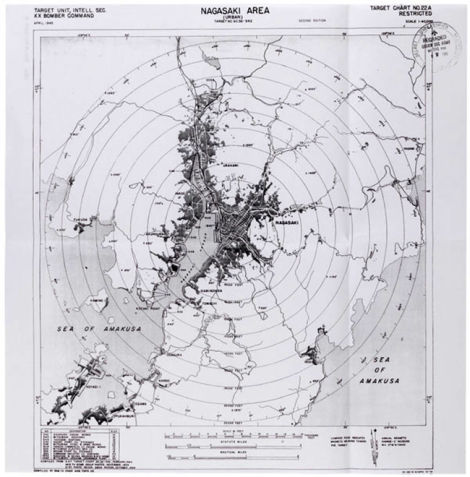
The next mission after Hiroshima was originally slated for August 11, but predictions of poor weather over the target areas pushed the date up to August 9. The designated target for the bombing was the city of Kokura, the secondary target to Hiroshima on August 6. Kokura was home to the biggest arms factory in Japan and, like Hiroshima, it had been spared from conventional and firebombing raids because the Allies wanted to measure the true effects of the atomic bomb. The mission was carried out by another specially modified Silverplate Boeing B-29 Superfortress named Bockscar after its regular commander, Capt. Frederick Bock. But Bock was not on the pilot rotation for the mission and the aircraft was instead commanded by Maj. Charles Sweeney, who had accompanied the Enola Gay on the Hiroshima mission flying another B-29 named The Great Artiste. Capt. Bock instead piloted The Great Artiste and carried scientific instruments to measure the blast.
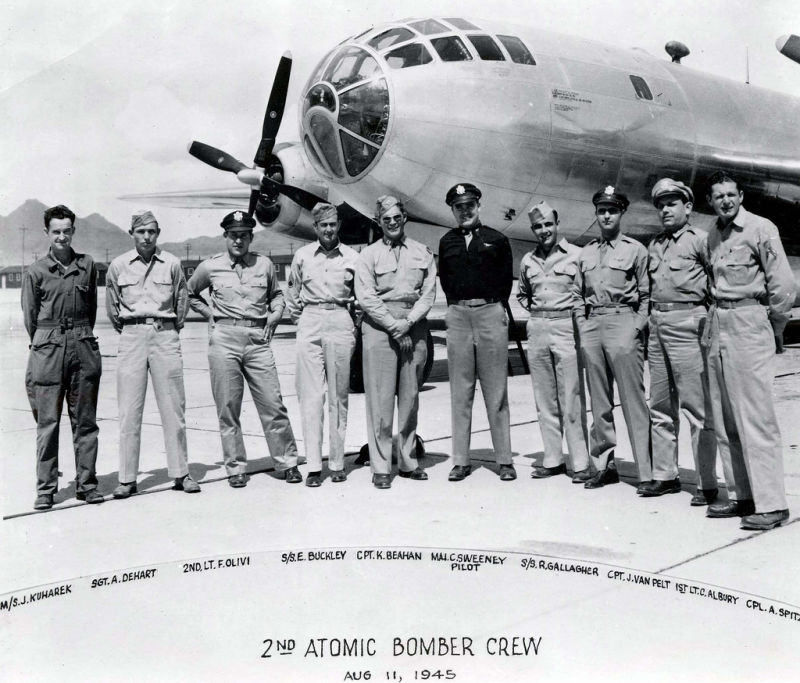
At 3:49 am on August 9, Sweeney and his crew departed Tinian, but when they arrived over Kokura they found that smoke from the firebombing of the nearby city of Yahata obscured their view. Sweeney was under orders to drop the bomb visually rather than by radar, so he elected to divert to Nagasaki, their backup target. During the war, Nagasaki was one of Japan’s largest seaports, housed critical industries for the production of ordnance and shipping, and was home to the Mitsubishi Shipyard. The city also had many more buildings of traditional wood construction, unlike Hiroshima, which had more concrete buildings. At the time of the bombing, there were an estimated 263,000 people in the city, of which only 9,000 were Japanese soldiers. The rest were civilians, along with 2,500 conscripted Korean workers and 400 Allied POWs.

The bomb chosen for the mission was codenamed Fat Man (officially Mark III), an implosion-type nuclear bomb with a solid plutonium core. When it detonated over Nagasaki, the blast from Fat Man was greater than 21,000 tons of TNT, and anywhere from 40,000 to 70,000 inhabitants were killed in the initial explosion and resulting fires. Only 400 people in underground shelters survived. The city of Nagasaki is nestled between mountains, and had the topography not contained the explosion, the death toll could have been considerably higher.
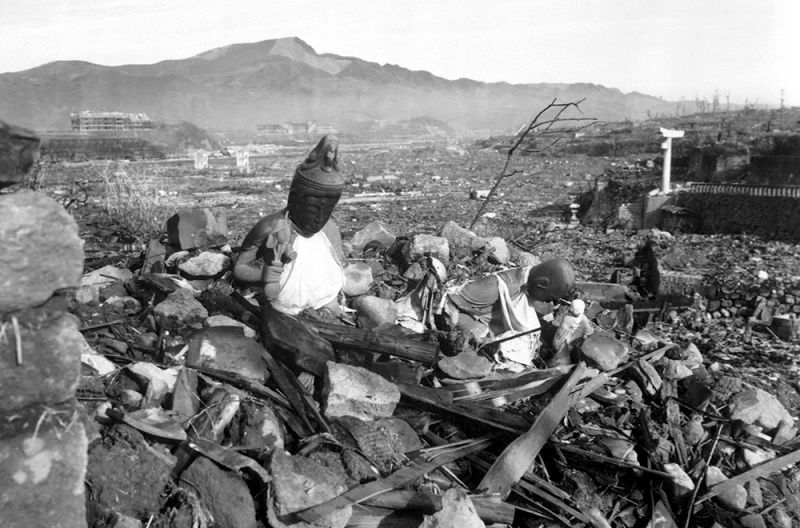
Due to a pump failure on board Bockscar, the crew did not have access to 600 gallons of fuel for the return flight, and they were unable to reach Tinian. Instead, they diverted to Okinawa and made an emergency landing on the busy airfield, firing flares to alert the controllers of their critical situation. With engines shutting down from fuel starvation, Bockscar came to a stop behind a Consolidated B-24 Liberator that was waiting to take off. After the second atomic bombing, and with the promise of yet more nuclear attacks, the Japanese government finally capitulated on August 15. The official surrender ceremony that ended the Second World War was held on board the battleship USS Missouri (BB-63) in Tokyo Bay on September 2, 1945.
Short Takeoff
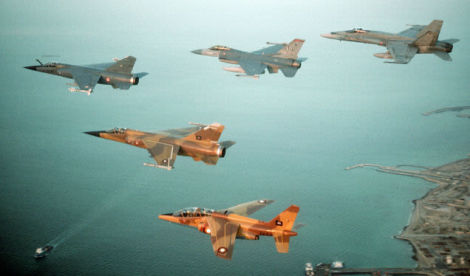
August 7, 1990 – Operation Desert Shield begins. Following the Iraqi invasionof Kuwait on August 2, 1990, US President George HW Bush deployed US forces to Saudi Arabia to protect America’s strategic ally from further aggression by Iraqi President Saddam Hussein. Air assets of the US Air Force and US Navy teamed with aircraft from Saudi Arabia, Great Britain and France, eventually forming a coalition of 48 nations resolved to oust Saddam from Kuwait. Five months of air operations to protect the buildup of 120,000 soldiers saw Operation Desert Shield become Operation Desert Storm, with the Coalition invasion to liberate Kuwait beginning on January 17, 1991 in what would come to be known as the First Gulf War.
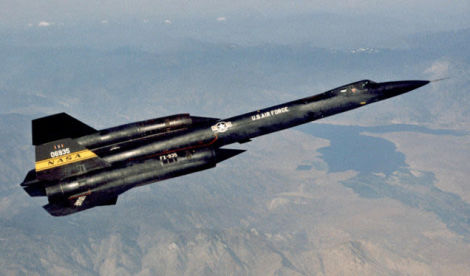
August 7, 1963 – The first flight of the Lockheed YF-12, a two-seat interceptor variant of the Lockheed A-12 reconnaissance aircraft. The YF-12 was developed in response to an Air Force requirement for an interceptor to replace the Convair F-106 Delta Dart that would be capable of speeds up to Mach 3. Following the cancelation of the North American XF-108 Rapier, Lockheed’s Kelly Johnsonproposed version of the A-12 that would be fitted with the Hughes AN/ASG-18fire control system and armed with Hughes AIM-47 Falcon missiles, specially modified to be fired by the YF-12 from internal missile bays. The Air Force ordered three prototypes and, during flight testing, the YF-12 set speed and altitude records for an interceptor of 2,070 mph and 80,257 feet. The YF-12 program was canceled in 1968, though the prototypes served as NASA test aircraft until 1979.
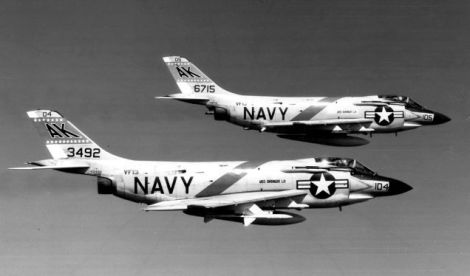
August 7, 1951 – The first flight of the McDonnell F3H (F-3) Demon, a single-seat fighter and interceptor developed for the US Navy as the successor to the McDonnell F2H Banshee. Unlike other fighters that were swept-wing variants of earlier sraight-winged aircraft, the Banshee was designed from the start with swept wings in an effort to counter Soviet fighter aircraft, though it was not capable of supersonic flight. Problems with engines plagued the Demon throughout its service life, and it was retired before it could serve in the Vietnam War. Despite difficulties with the Demon’s development, it ultimately served as the basis for the design of the McDonnell Douglas F-4 Phantom II, which replaced the Demon in Navy service.
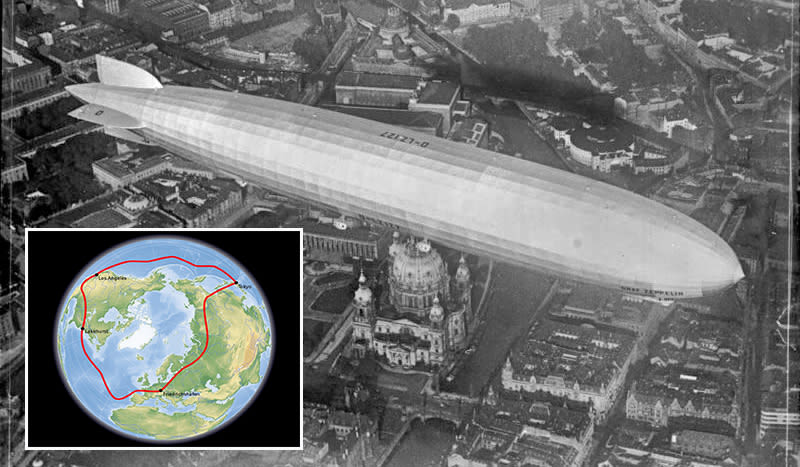
August 7, 1929 – The Graf Zeppelin (LZ-127) begins the first circumnavigation of the world by air. Before the great ocean-spanning airliners, Zeppelins were the primary means of intercontinental travel. The Graf Zeppelin took its maiden flight on September 18, 1928, and completed its first flight to the United States the following month. At the urging of US newspaper magnate William Randolph Hearst, the Graf Zeppelin began its eastward flight around the world by leaving Lakehurst, New Jersey and flying for Friedrichshafen in Germany before heading across the Soviet Union, Siberia, Japan, and then across the Pacific Ocean and back to New Jersey. The circumnavigation took 12 days to complete and covered 21,000 miles. On board was Hearst reporter Lady Grace Drummond-Hay who became the first woman to travel around the world.
August 7, 1928 – The first fight of the Curtiss Robin. Following the end of WWI, aviation transitioned from a purely military activity into the civilian sector, and designers sought to supply simple, relatively low-cost aircraft for the flying public. Making use of surplus Curtiss OX-5 90hp engines, Curtiss designed a high-wing monoplane with a wooden wing and tube frame fuselage that had room for a single pilot and two passengers. By the time production ended, Curtiss had built 769 Robins, and they served in almost every conceivable function, from personal use to carrying airmail to serving as a small airliner to carrying cargo. It also served as a platform for daredevils, including Dale “Red” Jackson, who performed over four hundred slow rolls without stopping in 1929. Later, Jackons teamed with Forrest O’Brine and set an endurance record by flying nonstop for 27 days. Douglas “Wrong Way” Corrigan also flew a Robin in what he claimed was an accidental flight from New York to Ireland in 1938.
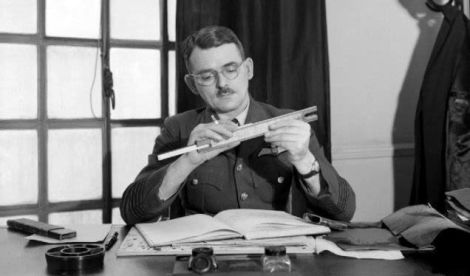
August 9, 1996 – The death of Sir Frank Whittle. Born in 1907, Whittle was an engineer who served with the Royal Air Force in WWII and is given credit for inventing the turbojet engine (Germany’s Hans von Ohain, who worked independently from Whittle, receives credit for the first operational jet engine). Following work on development of the motorjet concept, Whittle’s breakthrough came when he replaced the motorjet’s piston engine with a turbine and patented the concept in 1930. However, the British government saw little value in Whittle’s engine, so he formed Power Jets Ltd. to develop the engine on his own. By 1940, the Air Ministry finally placed a contract with Whittle to mount his engine in the Gloster E.28/39 test aircraft, which first flew on May 15, 1941, and then the Gloster Meteor, the Allies’ only operational jet fighter of WWII. Following the war, Whittle worked in the British aviation industry and taught at the US Naval Academy.
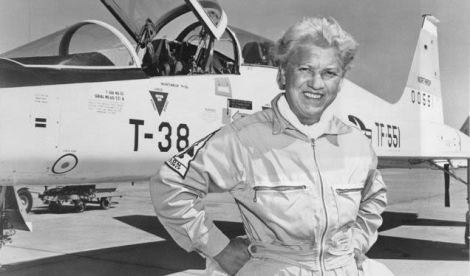
August 9, 1980 – The death of Jaqueline “Jackie” Cochran. Cochran was born on May 11, 1906 in Muscogee, Florida and learned to fly after just three weeks of instruction. In the 1930s, Cochran was the only woman to compete for the Bendix Trophy, won five Harmon Trophies, and still holds more speed, distance and altitude records than any other pilot, male or female. During WWII, Cochran helped establish the Women Airforce Service Pilots (WASP), in which women pilots were trained to ferry military aircraft in the US to free up male pilots for war duty. After the war, Cochran continued setting records in jet aircraft and, in 1953, she became the first woman pilot to break the sound barrier while piloting a Canadair Sabre. She was also the first woman to land and take off from an aircraft carrier. Cochran died in 1980 at the age of 74.
August 9, 1956 – The first flight of the Fiat G.91, a fighter-bomber designed to provide a standard lightweight strike aircraft for NATO as part of the NATO Basic Military Requirement No. 1 in 1953. Designed as a tactical ground support aircraft following experience gained in the Korean War, the G.91 was powered by a single Bristol Siddeley Orpheus 803 turbojet and had a maximum speed of 668 mph. It was armed with either four .50 caliber machine guns or two 30mm cannons in Luftwaffe service, and external hardpoints could accommodate up to 1,500 pounds of external stores including rockets, bombs, external drop tanks. The G.91 entered service with the Italian Air force in 1958, followed by West Germany, Italy, and Portugal. The G.91 also served as the platform for the Italian Frecce Tricolori demonstration squadron from 1964-1981. A total of 770 were built, and the type was finally retired by Italy in 1995.
Connecting Flights
If you enjoy these Aviation History posts, please let me know in the comments. And if you missed any of the past articles, you can find them all at Planelopnik History. You can also find more stories about aviation, aviators and airplane oddities at Wingspan.

